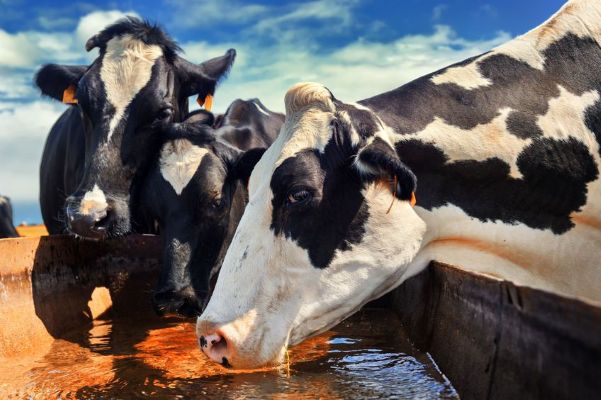Foot-and-mouth disease (FMD) remains one of the most disruptive threats to South Africa’s livestock industry, putting pressure on trade relations, food security, and rural livelihoods. Traditionally, the nation’s response to FMD has focused on containment through vaccination and movement restrictions. But emerging evidence suggests that a more proactive and holistic biosecurity strategy—centered on water sanitation—could offer a critical breakthrough in disease prevention.
A Deepening Crisis
FMD is a highly contagious viral disease affecting cloven-hoofed animals such as cattle, goats, pigs, and sheep. South Africa is currently facing a severe wave of infections, with more than 200 outbreaks confirmed across KwaZulu-Natal and the Eastern Cape. KwaZulu-Natal alone has reported over 165 cases, placing tremendous strain on farmers, government authorities, and the broader agricultural economy.
The country’s traditional FMD response—vaccinating affected zones and limiting livestock movement—remains vital. However, experts now argue that these measures alone are insufficient. A critical but overlooked transmission route is demanding attention: water.
Water as a Silent Carrier
While most FMD control protocols emphasize direct animal contact, contaminated equipment, or feed as primary vectors, water has received little scrutiny. Yet livestock consume far more water than feed daily, making communal water sources such as troughs, ponds, and tanks potential hotbeds for viral transmission.
When an infected animal drinks from a shared source, the virus can linger in the water, spreading invisibly to entire herds. This indirect route poses a serious challenge to containment—especially in communal grazing systems or densely stocked areas where animals share limited water points.
Groundbreaking Research: The Role of SSHP
Recent research from the Agricultural Research Council (ARC) offers compelling evidence for a new line of defense. In controlled trials, Peroxsil, a silver-stabilised hydrogen peroxide (SSHP) disinfectant, was tested against the Foot-and-Mouth Disease Virus (FMDV) in contaminated water conditions designed to reflect real-world scenarios.
The results were striking. Even with high organic contamination—simulating dirty trough water—Peroxsil achieved a 99.99% reduction in viral load, exceeding efficacy benchmarks by a factor of 164. Importantly, this performance held up even at temperatures as low as 4°C, where many disinfectants typically lose effectiveness.
According to ARC researchers, this is the first known study in Africa specifically evaluating a biocide’s virucidal impact on FMDV in water. While surface and air disinfection are standard components of biosecurity protocols, water—despite its central role in livestock health—has long been neglected.
A Shift Toward Proactive Biosecurity
“This is more than just a new product—it’s a new way of thinking about disease prevention,” says a member of the SSHP research team. “Biosecurity isn’t about a single measure. It’s a system of interconnected actions. Vaccination is reactive. Water sanitation can be preventive.”
The case for routine water disinfection is strong. Unlike emergency vaccinations, disinfecting troughs and tanks can be easily integrated into daily farm management, acting as a frontline measure to stop outbreaks before they start. With the proper protocols, farmers can dramatically reduce the risk of transmission through contaminated drinking water.
A Farm-Ready Solution
One of the most compelling aspects of SSHP is its practicality for farm use. It requires no specialist equipment, leaves no harmful residues, and breaks down into water and oxygen—making it safe for animals, handlers, and sensitive ecosystems alike.
From daily dosing of livestock drinking systems to direct spraying, SSHP fits seamlessly alongside other biosecurity strategies such as footbaths, animal isolation, and equipment sanitation. And because it’s effective across all livestock classes and climates, it offers a year-round solution for both commercial and smallholder farms.
The Road Ahead: Integrating Water into the Biosecurity Blueprint
South Africa’s ongoing FMD crisis highlights a clear need for change. The industry cannot rely solely on vaccination drives and movement bans. Government agencies, veterinarians, and farming communities must rethink their approach to disease control, integrating water sanitation as a core pillar of a national biosecurity strategy.
“Failing to address contaminated water is like locking the front door but leaving the back door wide open,” notes the SSHP team. “The science is here. The tools are available. Now it’s about implementation.”
As the livestock industry braces for future outbreaks and trade partners watch closely, the call is clear: It’s time to take water seriously. By recognizing it as both a risk and a solution, South Africa can move toward more resilient, sustainable animal health systems—protecting not just herds, but the livelihoods and communities that depend on them.


